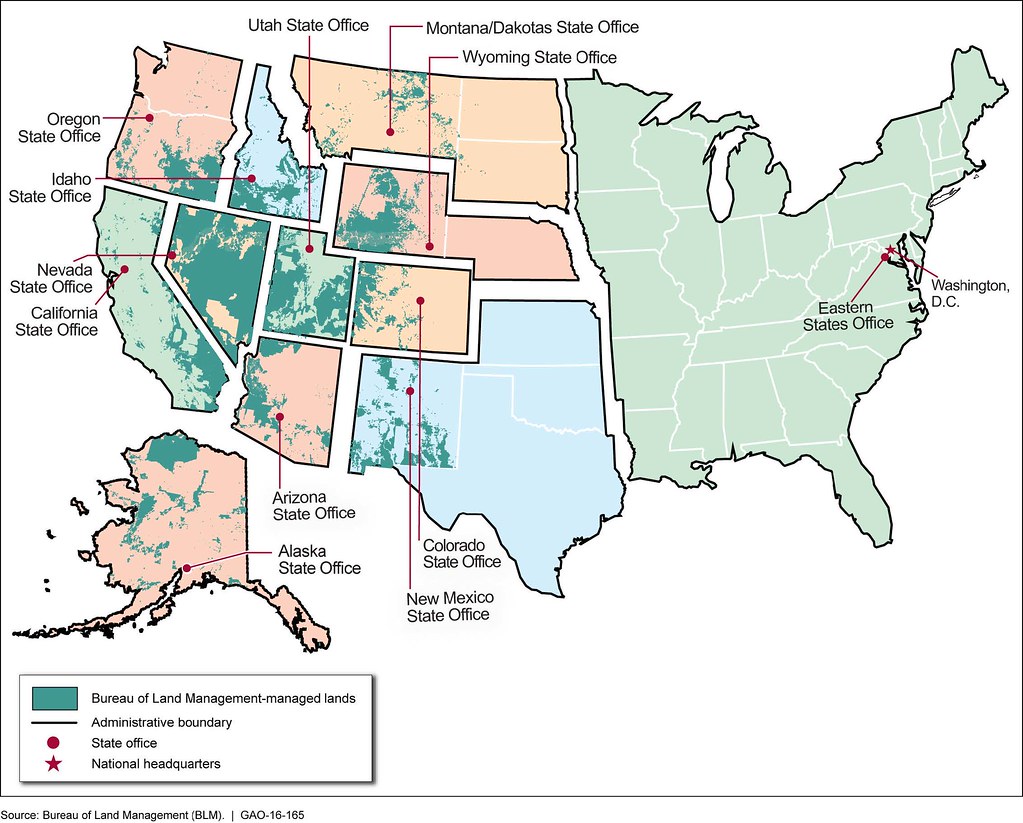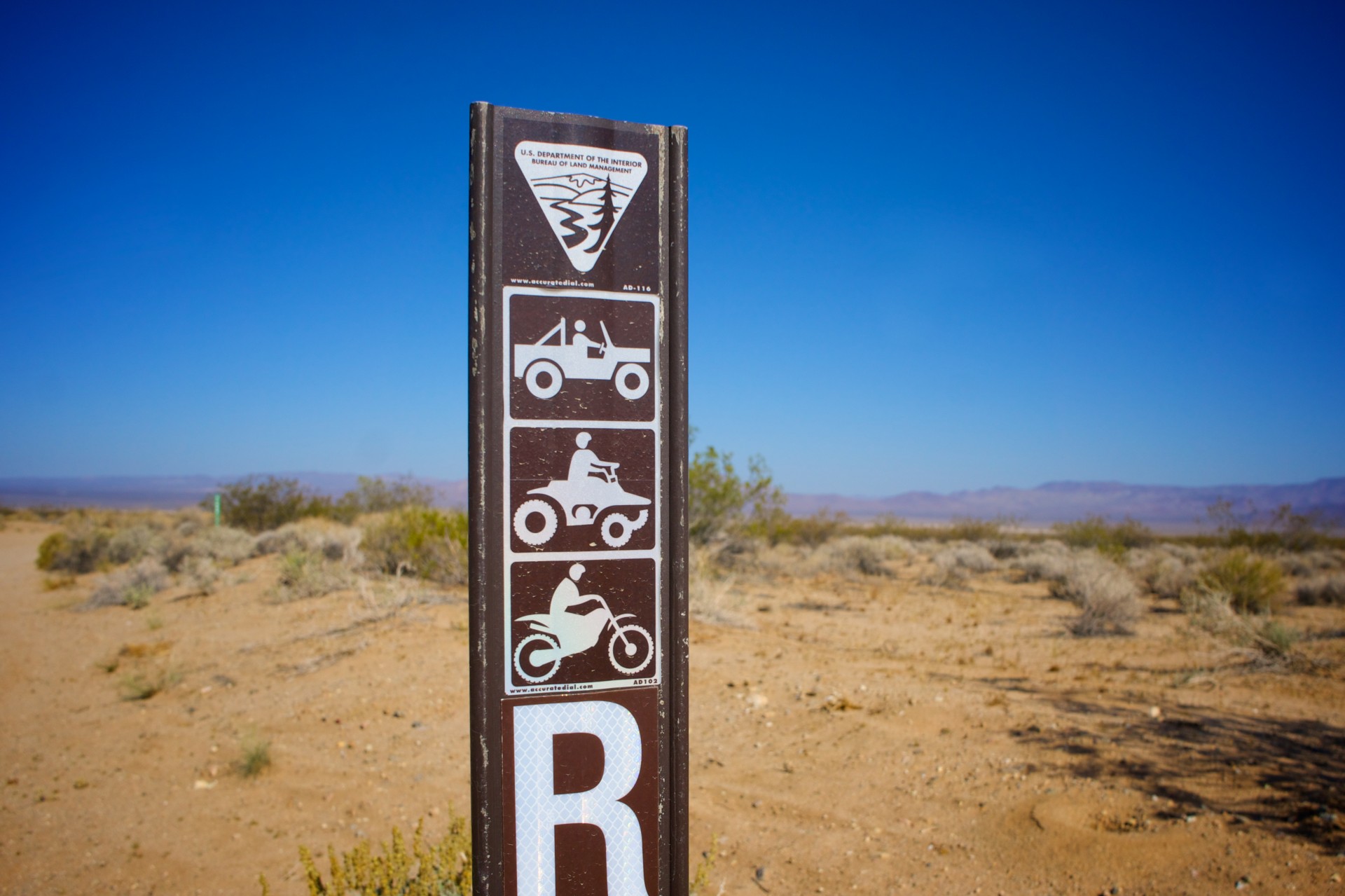Hey there, nature lovers and outdoor enthusiasts! Let me tell you something really cool about BLM land and why it's such a big deal. Imagine a place where the wild west still feels alive, where the landscape stretches endlessly, and where you can truly connect with nature. That's what BLM land offers—a treasure trove of natural beauty and resources managed by the Bureau of Land Management (BLM). So, buckle up because we’re diving deep into this fascinating world of public lands that belong to all of us!
You might have heard the term “BLM land” tossed around in conversations or seen it on maps, but do you really know what it means? It’s not just another patch of wilderness—it’s a massive network of public lands that play a crucial role in conservation, recreation, and even economic development. These lands are managed with care to ensure they’re preserved for future generations while still being accessible for people like you and me to enjoy.
Before we dive deeper, let’s set the stage. The Bureau of Land Management oversees some of the most breathtaking landscapes in the United States. From vast deserts to towering mountains, these areas are more than just scenic spots; they’re living ecosystems that support wildlife, plants, and human activities. Ready to learn more? Let’s go!
What Exactly is BLM Land?
Alright, let’s break it down. BLM land refers to public lands managed by the Bureau of Land Management, an agency within the U.S. Department of the Interior. These lands make up a whopping 245 million acres across the country, primarily in the western states. That’s roughly 10% of the entire landmass of the United States! Crazy, right?
But what makes BLM land so special? Well, it’s all about balance. The BLM is tasked with managing these lands for multiple uses, which means they need to consider everything from recreation and conservation to energy development and grazing. It’s a delicate dance, but one that’s essential for maintaining the health of these ecosystems and ensuring they remain accessible to everyone.
Key Responsibilities of the BLM
So, what does the BLM actually do? Here’s a quick rundown:
- Aldis Hodges Relationship Status Is He Married Or Dating
- Greg Gutfeld Health Update Is The Fox News Host Sick
- Conservation: Protecting natural and cultural resources.
- Recreation: Offering opportunities for hiking, camping, hunting, and more.
- Energy Development: Managing oil, gas, and renewable energy projects responsibly.
- Grazing: Allowing livestock grazing while minimizing environmental impact.
It’s a lot to handle, but the BLM works hard to strike the right balance between all these competing interests. And trust me, it’s not always easy!
Understanding the Vast Expanse of BLM Land
Now that we’ve got the basics down, let’s talk about the sheer size and diversity of BLM land. Picture this: millions of acres of untouched wilderness, rugged canyons, rolling plains, and everything in between. It’s like having your own personal playground, but on a much larger scale.
BLM land spans across 12 western states, with the largest portions found in Alaska, Arizona, California, Colorado, Idaho, Montana, Nevada, New Mexico, Oregon, Utah, Washington, and Wyoming. Each region offers its own unique charm and challenges, making it a true mosaic of American landscapes.
Key Regions and Their Features
Here’s a closer look at some of the standout regions:
- Alaska: Home to vast wilderness areas and incredible wildlife.
- Nevada: Known for its stunning desert landscapes and iconic areas like Red Rock Canyon.
- Utah: Famous for its red rock formations and world-class hiking trails.
- California: Offers a mix of desert, coastline, and mountainous terrain.
Each of these regions contributes to the rich tapestry of BLM-managed lands, providing endless opportunities for exploration and discovery.
Why BLM Land Matters
Okay, so we’ve established that BLM land is big and diverse, but why does it matter? Well, for starters, it plays a critical role in preserving our nation’s natural heritage. These lands are home to countless species of plants and animals, many of which are found nowhere else on Earth. They also provide vital habitat for endangered species and help maintain the overall health of our ecosystems.
But that’s not all. BLM land is also a major player in the outdoor recreation scene. Whether you’re into hiking, camping, fishing, or hunting, there’s something for everyone on BLM-managed lands. And let’s not forget about the economic impact. Activities like energy development and grazing contribute significantly to local economies, providing jobs and supporting communities.
The Economic Impact of BLM Land
Did you know that BLM land generates billions of dollars in economic activity each year? From energy production to tourism, these lands are a powerhouse of economic opportunity. For example, the oil and gas industry alone contributes billions in revenue, while outdoor recreation brings in millions from visitors who flock to these areas to enjoy the great outdoors.
It’s a win-win situation: the land is used responsibly, and communities benefit from the economic boost. But of course, it’s all about finding that sweet spot where development doesn’t come at the expense of conservation.
BLM Land and Conservation Efforts
Conservation is at the heart of what the BLM does. These lands are home to some of the most pristine and untouched areas in the country, and it’s the BLM’s job to protect them. But what exactly does that look like?
For starters, the BLM works closely with scientists, researchers, and local communities to develop management plans that prioritize conservation. This includes everything from protecting endangered species to restoring damaged ecosystems. They also collaborate with other agencies and organizations to tackle larger conservation challenges, like climate change and invasive species.
Challenges Facing BLM Land
Of course, managing such vast and diverse lands isn’t without its challenges. Some of the biggest issues facing BLM land today include:
- Climate Change: Rising temperatures and changing weather patterns are affecting ecosystems and wildlife.
- Wildfires: Increased frequency and intensity of wildfires pose a significant threat to these areas.
- Development Pressure: Balancing conservation with economic development can be tricky.
Despite these challenges, the BLM remains committed to protecting these lands for future generations. It’s a tough job, but someone’s gotta do it!
Recreation Opportunities on BLM Land
Alright, let’s talk about the fun stuff. If you’re an outdoor enthusiast, BLM land is basically your dream come true. From hiking and camping to fishing and hunting, there’s no shortage of activities to enjoy on these lands. And the best part? They’re open to everyone!
Whether you’re looking for a peaceful hike through the desert or an adrenaline-pumping adventure in the mountains, BLM land has something for every type of adventurer. Plus, many of these areas are relatively untouched, giving you the chance to truly escape the hustle and bustle of everyday life.
Popular Activities on BLM Land
Here are just a few of the many activities you can enjoy on BLM-managed lands:
- Hiking: Explore trails that range from easy strolls to challenging treks.
- Camping: Set up camp under the stars and experience the beauty of nature up close.
- Fishing: Try your luck at catching trout, bass, or other freshwater species.
- Hunting: Pursue big game or small game in designated hunting areas.
And that’s just the tip of the iceberg. The possibilities are endless when it comes to enjoying BLM land!
How You Can Get Involved
So, you’re convinced that BLM land is awesome, but what can you do to help? Well, there are plenty of ways to get involved and make a difference. Whether you’re volunteering your time, supporting conservation efforts, or simply being a responsible visitor, every little bit helps.
One of the best ways to get involved is by volunteering with the BLM. They offer a variety of volunteer opportunities, from trail maintenance to wildlife monitoring. It’s a great way to give back to the land and meet other like-minded individuals.
Volunteering Opportunities
Here are a few ways you can volunteer with the BLM:
- Trail Maintenance: Help keep trails safe and accessible for all visitors.
- Wildlife Monitoring: Assist with surveys and data collection to help protect wildlife.
- Education and Outreach: Share your knowledge with others and promote conservation efforts.
By getting involved, you’re not only helping to protect these incredible lands, but you’re also ensuring they remain accessible and enjoyable for everyone.
Conclusion: Embrace the Beauty of BLM Land
And there you have it—a deep dive into the world of BLM land and why it’s such an important part of our nation’s natural heritage. From their vast expanse and diverse ecosystems to the countless opportunities for recreation and conservation, BLM-managed lands offer something for everyone.
So, what can you do next? Start by exploring these amazing areas for yourself. Whether you’re planning a weekend getaway or a full-blown adventure, BLM land has something to offer. And don’t forget to do your part by being a responsible visitor and supporting conservation efforts.
Feel free to leave a comment below and share your thoughts or experiences with BLM land. And if you enjoyed this article, be sure to check out some of our other content on all things nature and adventure. Let’s keep the conversation going!
Table of Contents
- What Exactly is BLM Land?
- Understanding the Vast Expanse of BLM Land
- Why BLM Land Matters
- BLM Land and Conservation Efforts
- Recreation Opportunities on BLM Land
- How You Can Get Involved



Detail Author:
- Name : Providenci Bogan
- Username : sylvan62
- Email : ylehner@white.com
- Birthdate : 1971-11-06
- Address : 8987 Delilah Common Lake Federico, CA 27055
- Phone : 1-612-958-6704
- Company : Hilpert-Hegmann
- Job : Court Reporter
- Bio : Et aperiam eos quibusdam ad. Quas ratione quidem ipsam id adipisci doloribus. Est dolore rerum et dolor fugit quas. Asperiores iste quae cumque commodi. Et fugit quidem ut.
Socials
facebook:
- url : https://facebook.com/twillms
- username : twillms
- bio : Iusto ut suscipit voluptas voluptatem et. Est quo omnis inventore aperiam.
- followers : 5935
- following : 1005
tiktok:
- url : https://tiktok.com/@tyrellwillms
- username : tyrellwillms
- bio : Temporibus consequatur possimus cupiditate ullam.
- followers : 572
- following : 51